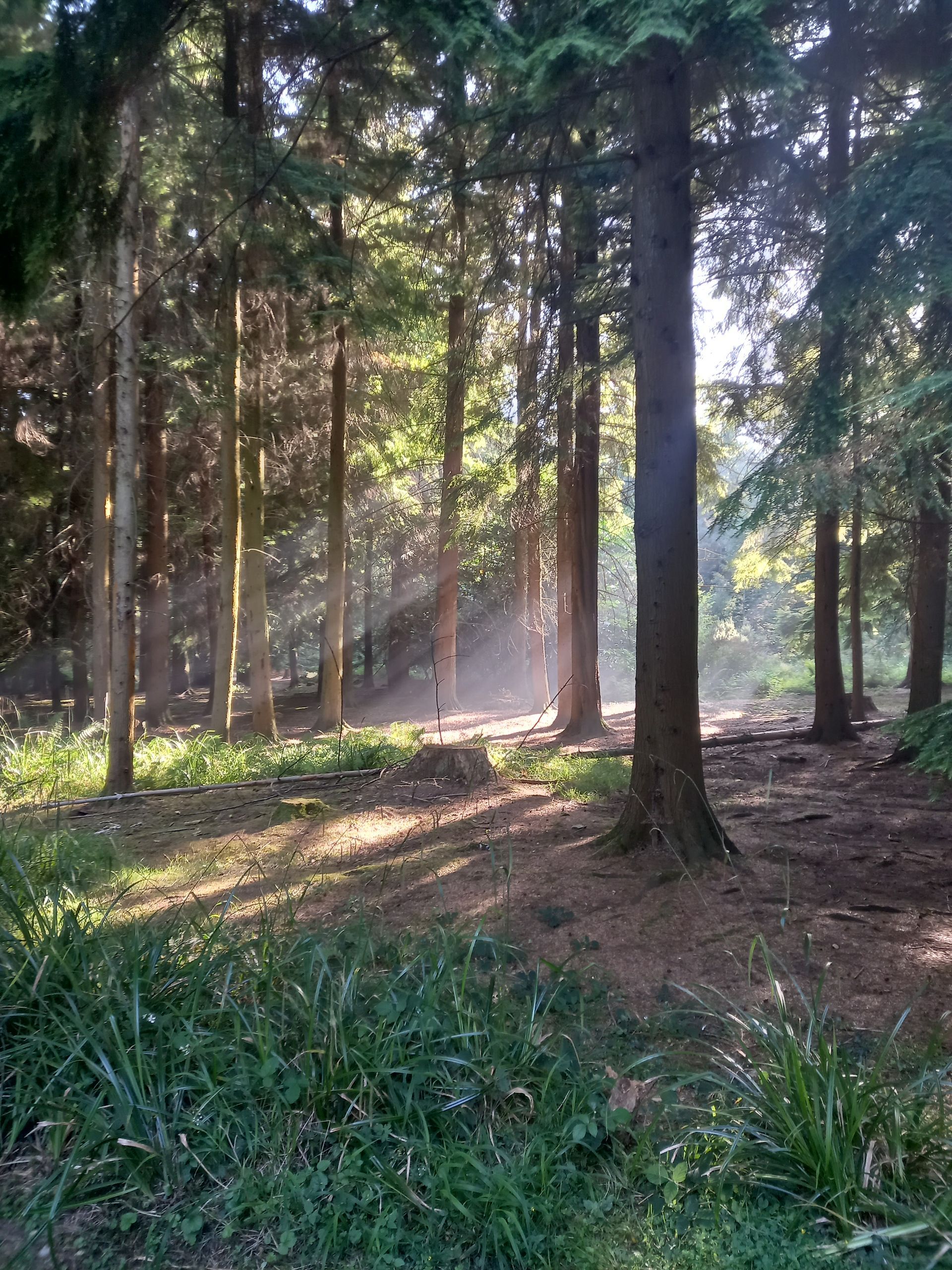How I reduced our rubbish to (almost) nothing (well about a 10th full every 3 weeks, but that's not so catchy!!).
- By Sarah Allen
- •
- 22 Oct, 2017
- •
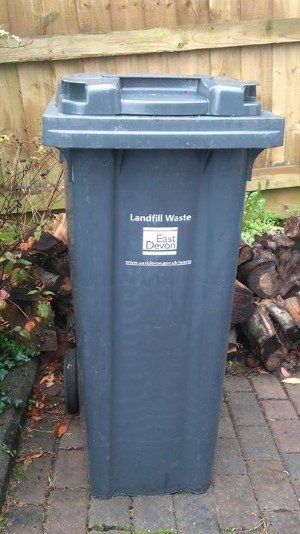
At the start of the year, I must have been thinking about New Year Resolutions and I made a throwaway (!!) comment on my FaceBook
page wondering publically how long I could go before I bought something in non-recyclable packaging. The answer came to me quite quickly, it was the next time I went shopping! This didn't deter me, I was determined to reduce the amount of rubbish my family threw away. I have always been a keen recycler making sure everything that could be recycled was recycled. However, I was still frustrated, that despite my efforts, there still seemed to be quite a lot in the bin. This is what I have done since January this year. It's not perfect, I haven't got all the answers, it won't work for everyone (especially since recycling facilities vary considerably from local council to council let alone country to country). I have found, as the year goes on, this has gone beyond pure recycling. I think like lots of things the more you do the more you see! A great reason for not spending too long cleaning the house, I find! However back to waste, the more I looked into recycling the more I saw this wasn't exactly the best solution (always). However my main focus has been keeping rubbish out of my bin but as you will see other ideas have crept in and I don't think I could write this without mentioning them as well. I have made the changes mentioned, by taking lots of small steps, changing one thing at a time. When something ran out I looked for a better alternative. Personally I couldn't have done it any other way, making lots of changes at once would be, for me, overwhelming and most probably hard to sustain. It took me about 6 months to implement what I am describing and I am still considering alternatives 10 months in.
I stopped buying non-essential items in non-recyclable packaging
I started looking at the things we were buying that I considered to be non-essentials. So for us, it was items like chocolate bars and crisps. I felt if they weren't essential we didn't need to buy them! If I had said in January that I wasn't going to buy crisps or chocolate there is absolutely no way I could have done this! I just thought for now we don't need chocolate so I wont buy any and I found this thought process kept occurring shopping trip after shopping trip. I have since found lots of recyclable options. For chocolate many supermarkets sell cardboard and paper/foil wrapped large bars of chocolate, that we can simply break pieces off to eat at home or put a few squares into a lunch box. Also Cadbury's Crème Eggs, Animal Bars, Smarties and Chocolate Oranges all actually come in recyclable packaging. I find I keep my eye out now for alternatives and they appear every now and then, for example I saw some mint chocolate, wrapped in paper, in a pound shop recently. Sweets and chocolates can sometimes be bought loose in a Pick and Mix. Unfortunately a lot of these seem to have a cup and a plastic lid and you have to fill the whole cup (I'm not sure if the cup would be widely recyclable). We have a Pick and Mix in our market in which you can choose as little or as much as you want and pop them in a paper bag; a lot of the sweets are unwrapped.
Crisps are a bit of a problem to buy in recyclable packaging. In theory, tubes of crisps like Pringles are mostly recyclable. The plastic lid, tube and metal base can all be recycled; although cutting the metal base off the tube isn't ideal but is doable. Pringles still have a non-recyclable plastic seal. Some brands sell crisps in a tube that has a cardboard base, so much easier to recycle but the one I tried still has a non-recyclable seal. I would say, however that these tubes are the best option I have found, creating the least amount of non-recyclable waste. For packed lunches a few crisps can be put into a plastic tub with a clip on lid and they stay crispy. There is also the option of making your own crisps. I have made my own using potato peelings! They are honestly delicious but need eating immediately, I haven't found a way to store them and keep them crisp yet.
Non-essential items, obviously, extend well beyond crisps and chocolate! Every time I think of buying something I consider if it's essential and whether I have something similar already. I am not saying I never buy non-essentials, I just consider this carefully which has been good for my purse as well as the planet!
I looked for alternative packaging for essential items
Items that we needed to buy but were not recyclable were the next thing I tackled. Just because it's not recyclable in one shop doesn't mean it is the same in all shops. What is an essential item will, again, vary from family to family but these are some of the things I swapped. I was buying liquid soap, the bottle was recyclable the pump went in the bin. So I swapped to bars of soap bought unpackaged or in cardboard. I could wash out and recycle yogurt pots but the lid was going in the bin, so I shopped around and found yogurt with foil lids. I have found it can be tricky to know what all the packaging is by just looking! Often there is plastic lurking inside cardboard with no details of this on the box. I have dealt with this through, sometimes, trail and error. You soon find out when you open the packaging at home! The other technique I have used is to give the box a little squeeze!! (not enough to damage it, of course). Yes, I am that crazy lady walking around the supermarket, squeezing then rejecting products! If there is plastic, you can often hear the sound of it or sometimes the product doesn't move around much. I think I am sounding more crazy the more I try and explain this! Maybe you can't teach this stuff in a blog post it comes from experience!! By changing products one at a time I have found that most of what I buy is now recyclable.
I refuse items I don't need
In March I went to a talk about Zero Waste by Bea Johnson. She wrote the book "Zero Waste Home". If you haven't read this book I could not recommend it more. She is on a very different level to me, think one jar of non-recyclable waste a year. She is truly an inspiration.
This was great timing for me as it encouraged me to refuse the things I do not need. She has a 5 R's system for dealing with waste which I have slightly adapted and added to. I do the following in this order: Refuse, reduce, reuse, repair, rot, recycle. By refusing what I do not need I do not have to deal with the waste created from it. An example of this is unwanted items coming through my door. I do not want charity bags or advertising leaflets. I donate my unwanted clothes etc. to charity shops, but I take them directly to the shop. This keeps my clothing local, it means local people will benefit, I am already taking the journey into town so there is no additional transportation and the charity shop gets a good price for my donation. To stop the plastic bags coming through my door I write a polite note asking that they are not delivered explaining we are working towards becoming a zero waste house and I appreciate their support. I also ask the same about advertising leaflets. This has drastically reduced the amount I have received. Other items I regularly refuse are straws, plastic bags, receipts and paper bags. Refusing something sounds a bit rude but I just politely say "No thank you" and from time to time explain why. I generally find people are ok with this and sometimes they are interested and want to know more. Other items I refuse are plastic packaging for fruit and vegetables. Whenever possible I buy produce loose without packaging, this in fact can be quite tricky unfortunately. In some shops it is virtually impossible to buy fruit and veg loose. I try to buy the majority of my fresh produce from local independent shops who sell items unpackaged. Some supermarkets do sell loose produce (often with plastic stickers on them, unfortunately) so I do buy from them as well but my local shops are much better. I also try to be realistic and if I need something and I am near a shop that sells it plastic wrapped but I would need to drive into town to buy it loose, I will buy it in the plastic packaging and recycle it.
I have swapped from disposable items to reusables
Again, Bea Johnson had a huge influence in me making this change. I knew I could make some swaps here and this would be a positive environmental step but I hadn't really considered how ridiculous it was to be spending my money on something and then to throw it away! Why do that if there is an alternative? So immediately, the day I heard her speak, I bought (her book, of course!) a cloth bag and a metal straw. The cloth bag I use, predominantly, for buying bread. I can use this in supermarket and independent bakeries and it has made a significant difference to the number of plastic bags I have been bringing into our home. I started reusing bread bags prior to buying the cloth bag. I just shook out the crumbs and took the bag back to be reused. If the bread had been frozen, I found the bag needed to be washed. This isn't ideal as it takes so long for a plastic bag to dry but it is doable. I still do actually reuse plastic bread bags as I still have some. This is also a way to buy loose cakes and pastries. I do still buy sliced bread in a bag as it is much cheaper, I then recycle the bag. The metal straws are great for my children as they like to use a straw so I have them in my bag ready for them to use if we have a drink out. Occasionally, I will use one if I have something like a smoothie which can be difficult to drink without a straw. I am pleased, this year, that many businesses are stopping the use of plastic straws and many will be using biodegradable alternatives. this is a really positive step in combatting plastic pollution. However, reusing is a better step using a lot less resources. The example of our metal straws can illustrate this point. They will, probably, last a lifetime. No more resources needed to make them, transport them and recycle them. I would also question how well biodegradable straws actually rot away in normal waste disposable such as landfill. Other reusable items I have switched to include hankies instead of tissues, flannels and small face cloths instead of face wipes or cotton wool and using reusable coffee cups and drink bottles.
Repairing items
For me, I don't think this is a major change. I have always repaired holes in clothing (especially since having children). I have a massive, never ending mending pile! If something was to break now, I would look into repair options more than I might have in the past.
Rot
My compost bin is also a great way to keep items out of the bin and has the added bonus, of course, of making compost for my garden. I can recycle food waste where I live, however this uses a lot of resources when I can instead walk outside, put veg peelings in my compost bin and let the worms do the rest of the work. I do still use the food recycling for cooked scraps and when the compost bin is completely full. Other items I compost include the odd tissue we get (not many of these any more), cotton buds (the ones with paper stems) and paper that has been contaminated with food (such as cupcake cases, just make sure you have a closed compost bin if you do this).
Recycle absolutely everything else that I can
I am very lucky my council provides great facilities for recycling. This has been the case for a long time but this year they also started to collect a lot more from the kerbside, saving me trips to the recycling centre. Knowing exactly what can be put in the recycling collection is really important, so reading the information leaflets, checking online and contacting my council directly has all been really useful. So, for me I can recycle plastic, glass, tins/cans, textiles, shoes, batteries, paper, cardboard, electrical items and foil by using the council facilities. In addition, to the kerbside collection I have looked to see if items not collected can be recycled. So I take plastic food bags from things like fruit, bread, frozen peas etc. to Tesco to be recycled with the carrier bags. Generally speaking, if the bag stretches it is made of the same material as carrier bags and can be recycled at supermarkets, though most will recycle cereal bags as well and these are clearly not stretchy! I would advise checking with your local supermarket (I have asked both Tesco and Sainsbury's numerous questions and found them really helpful). Also by asking we are showing supermarkets that their customers care about packaging and the living planet. Plastic film such as the non-stretchy type around products like spinach, the top of ham packets and cheese bags are all recyclable at most Sainsbury's supermarkets, it is worth checking this with your nearest one. Mine is actually in a different town but I save it all up and next time I go on a shopping trip take it with me and recycle it with carrier bags. It's worth mentioning recycling labelling at this point. It isn't always actually that useful. As I said above, a cardboard box might have a plastic bag inside, the labelling might say the box is recyclable but doesn't always tell you the bag is there! The most misleading label in my opinion is the one that says "Not Yet Recycled", this simply means less than 20% of local authorities collect it across the UK. It doesn't actually mean you can't recycle it.
By doing all this, I end up with very little going in my bin. It might seem like a lot of effort and don't get me wrong in some respects it is. However, I really think a lot of it is simply changing one habit to another. For example, before the plastic bag levy in England many people forgot or did not have reusable shopping bags. Now it costs 5p a bag many more people use reusables. It may have taken time to remember shopping bags (and I am sure the 5p cost was a massive incentive for many to switch) but this is possibly a habit you have now switched to and you maybe don't even have to give it much thought any more. This is how I feel with the habits I have changed, they are new habits now and I don't have to give them much thought.
I have probably forgotten to mention things in this blog post (and I haven't written about every single detail, this may become a different blog post if there is interest) so feel free to ask questions either in the comments or over on my Facebook
page.
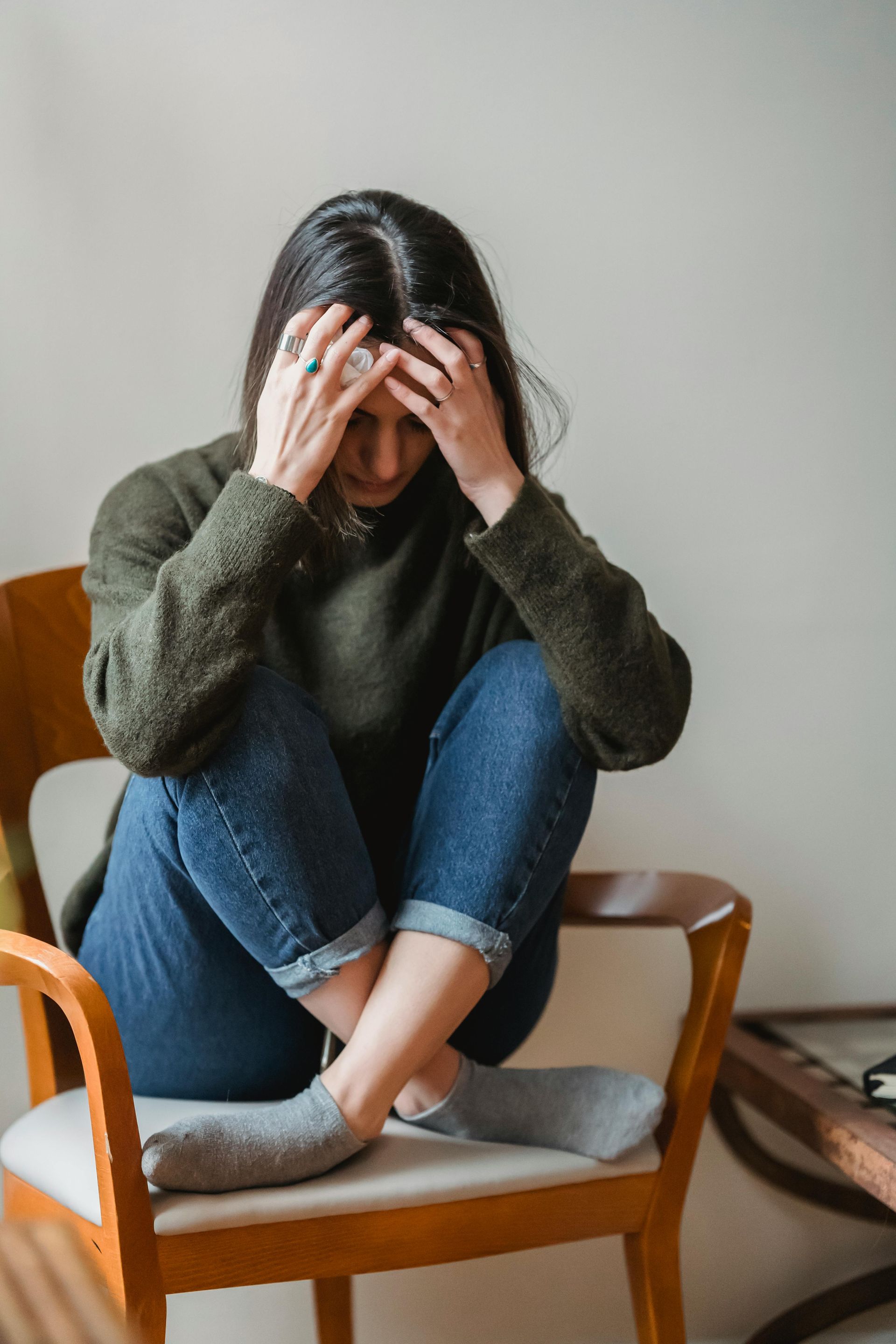
How it felt to have cancer-related fatigue and cancer-related PTSD.
Thankfully, I don't have many days like this any more, though I can have a run of them during times of stress, when menstruating and after socialising (I'm still not used to it and find it very tiring). The cancer-related fatigue has gone but my energy levels are still a lot lower than they were before my cancer diagnosis and I'm impacted by PTSD on an, almost, daily basis. This has lessened and is becoming more manageable but is triggered by stress and tiredness. You can see the cycle I can get trapped in here.
I'm sharing this during Breast Cancer Awareness Month to raise awareness of the long-term impacts of being someone who has had cancer. Also, please check your breasts /chest. It's tough living with the impacts, mostly mental and emotional now, of cancer but I'm, of course, very grateful to be here. Early detection of cancer means outcomes are likely to be better. I found my breast cancer by chance whilst washing. Don't leave it to chance, check today and make it a monthly routine.
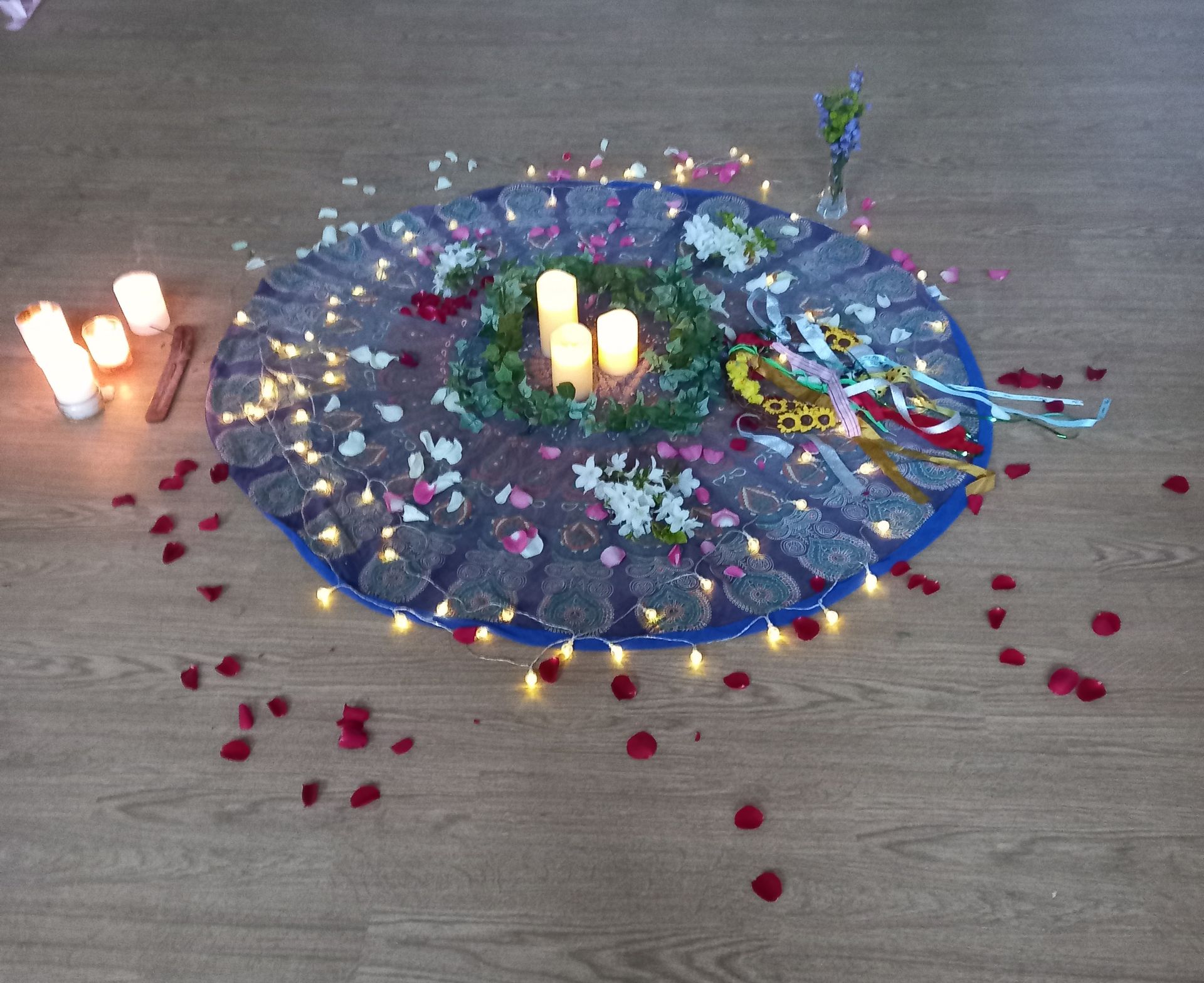
I unpack my bag. Firstly, taking out and unrolling my yoga mat (my daughter's yoga mat as yoga is not something I do), place my journal and pen next to me and sit crossed-legged on my mat with my blanket covering my feet. Anna goes around the circle, with the invitation for people to pick a card, I guess it's a set of oracle cards. By mistake I take three instead of one! Embracing Change, The Power of Support and Grace. So apt.
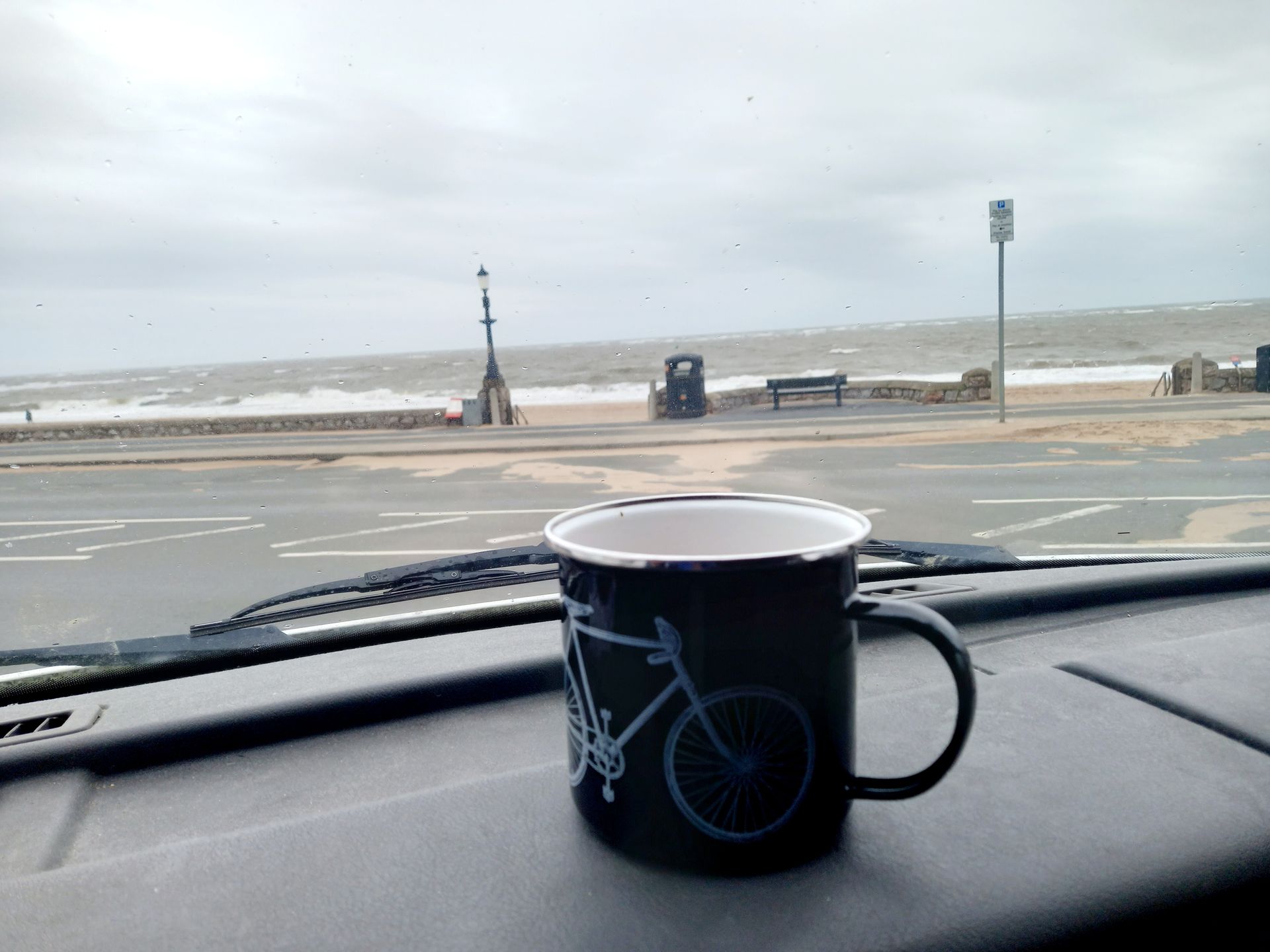
It's on my coffee cup, it's in my hair and my eyes.
My phone has a sprinkle of it's grittiness and so has my coat!
It's covering the road and is continuing to swirl across from the beach,
Coating my camper van, no doubt!
The beach has been flattened.
It looks smooth and new.
Footprints covered as soon as they are made.
A few brave walkers head into the wind, hoods up and heads bowed,
Walking with determination.
Nature is powerful and strong in all her wildness.
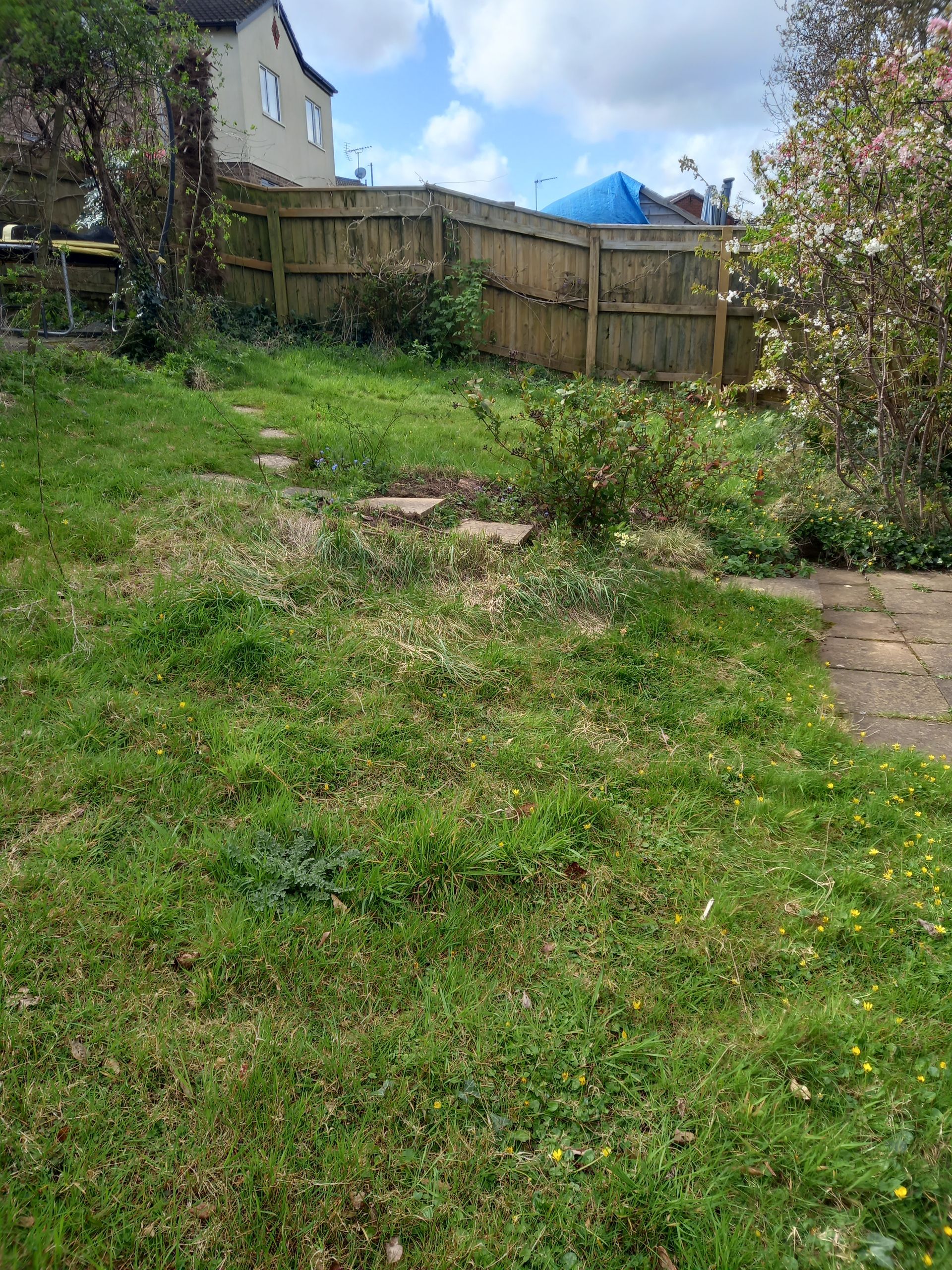
The front garden was block paved by previous owners. I've got pots growing food and some with flowers. I'd like to increase the amount of food I grow in this area. I use the front garden for this as it has lots of sunshine. I'd also like to increase the plants for pollinators and have bees and butterflies constantly flying from flower to flower.
That's me, how about you? What's your garden like?
Extract from the Changemaker membership which I run from my Patreon page (there's also a private FB group). We are starting our new focus: Rewilding our gardens and incorporating rest as we move into the, often, busier seasons of spring and summer. It's a form of gentle activism within a supportive community and you're invited! Join for 7 days (it's free!), a month, all spring or more. Any questions? Just ask.
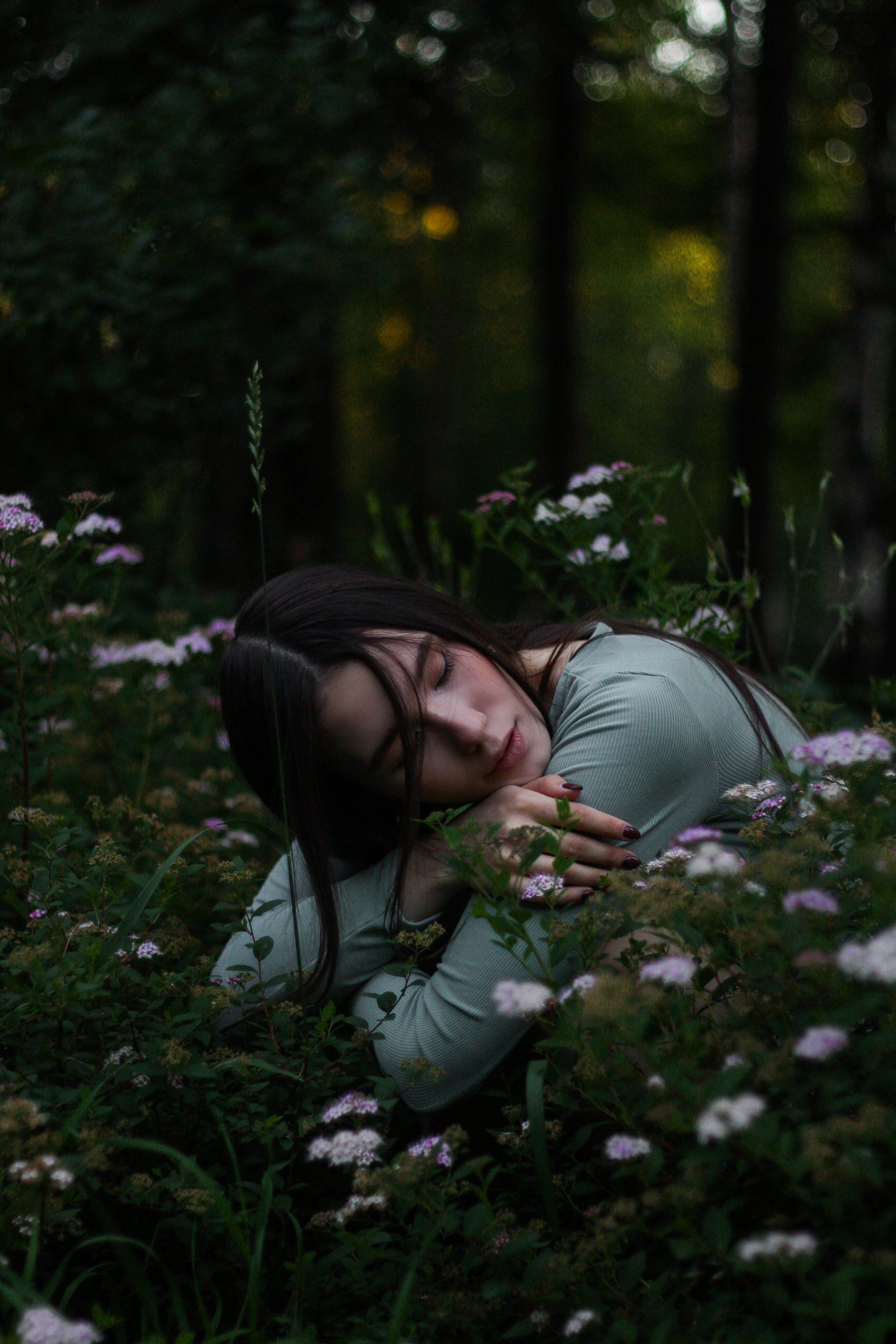
I can very gratefully say, that I am now almost three years post hospital treatment for cancer. I’m healthy and I’m okay. I appear from the outside, perhaps, to be totally fine moving through life as before. However, this could not be further from the truth. Barely a day goes by when I don’t think about my cancer experience, often getting consumed by it. The thing that I’ve recently come to realise is that an illness, like this, is actually often initiatory. I have and I am going through a huge transformation, an initiation back into life and it looks like nothing’s happening from the outside. I have also found that there is little acknowledgement, understanding or support for this process. That’s not to say I’ve had no support, what it is to say, though, is that there has been no long term holding of my experience from the wider society. I haven’t been able to communicate this very well thus far, for I only just realised it myself thanks to reading ‘Descent and Rising’ by Carly Mountain. In this book Carly cleverly uses the ancient myth of Inanna alongside modern day real-life stories to show the descent into the underworld often felt by people including those who have illnesses. Up until this point, I simply thought something was wrong with me, that I was failing to recover emotionally.
So, this daily onslaught of emotions manifests for me in many ways. Mostly, it takes a lot of headspace, meaning not a lot left for anything else. It also takes a lot of energy as I try to hold the tension (a phrase I’m so grateful for from ‘Wild Power’ by Alexandra Pope and Sjarnie Hugo Wurlitzer) as I try to hold the enormity of my feelings, feel them, not shy away from them, acknowledge them and behold myself alongside functioning as a human being and as a mother. Emotions of anger, grief, sadness and guilt flow through me on a regular basis. I try to think of them as boats passing me on a river (a technique I learnt by attending a course run by Force Cancer Charity); I know they will go past and I won’t feel like that forever. But the boats can turn round quite quickly and sail back up the river, demanding constant attention.
Thankfully, my cancer-related fatigue stopped around the end of 2021, this level of fatigue is another thing not widely understood in our society. It was debilitating making it almost impossible to look after my children. However, the fatigue was replaced with being tired almost all the time. There’s a difference in that the fatigue never got better with rest but the tiredness can sometimes be eased. Fast forward to June 2023 (when I wrote this blog post), quite a considerable time has passed but I’m tired a lot of the time. I can’t plan much, I wouldn’t feel safe driving for more than about 30 minutes, I have to base my days around the essential tasks and by that I simply mean ensuring we are fed and clothed. In between this I rest.
A hard learnt thing is rest. It also takes up so much energy to deconstruct the capitalist norms I’ve internalised about my value being linked to productivity. Rest is not simply stopping, the mind needs to be stilled as well. This relearning to rest takes a lot of headspace and energy. I’ve recently read ‘Wise Power’, another excellent book by Alexandra Pope and Sjarnie Hugo Wurlitzer and learnt the term ‘snudging’ which is what I now base my days around, doing just enough to get by (whilst being aware I miss people’s birthdays, lose touch with friends, stay partly in the underworld as there isn’t enough energy to emerge and this in turn creates grief which takes so much energy). This is hard, extremely painful, overwhelming and lonely work for me, however, I now can see it as an initiatory process with gold at the end. I’ve stripped back so much of my life as I entered the underworld and I’m now slowly finding new, boundaried ways of emerging.
I feel, to be honest, that I’ll rise just in time to hit another initiatory process, menopause. At aged 44 when I was diagnosed with breast cancer, menopause seemed a long way off, not even remotely on the horizon, now aged 47 it’s within sight. Maybe, I’m already in it (I’m taking oestrogen suppressing medication so I could be), almost everything written in ‘Wise Power’ a book about menopause sings to my experience but this could be because the initiation I'm experiencing is archetypally like other initiatory processes. I would say, for sure, that trying to recover emotionally from cancer merges with perimenopause, a lack of energy having my oestrogen (medically) supressed along with parenting without a village. It’s a difficult mix. However, on the surface, in some respects, I carry on with everyday life: I wash the clothes, hang them to dry, do some work (though not what I was doing before), pick up the kids, make packed lunches, clear up after dinner etc. But this is just snudging, doing enough to get by whilst trying to trust that being in this unknown is okay, that I will fully emerge back into life, a new life, a much more authentic life with more ease and joy. I get glimpses but, of course, it’s not the linear process we have been taught to expect.
This is hidden work going on, not just for me, but for
others experiencing illness, the initiation into parenthood, menopause and
other initiatory processes. But in the hiding, wider understanding is lost. But
in the telling, the teller/the sharer, puts their vulnerability in the hands of
others, unless they can simply behold themselves. So, that leaves me to enquire
can I see myself clearly enough, can I say this is who I am and how I am for
the greater good of the wider society gaining some understanding and for me
being my authentic self? Or do I just leave this as a file on my laptop,
gathering metaphorical dust as the risk of being vulnerable is too big right
now?
Well, the dust gathered for six months, I recently received a PTSD diagnosis related to my cancer experience and I snudged my way to this point. I decided to share this now in case anyone else is in need of the strategy of snudging but also to say this is me, this is how it is. This is my truth.
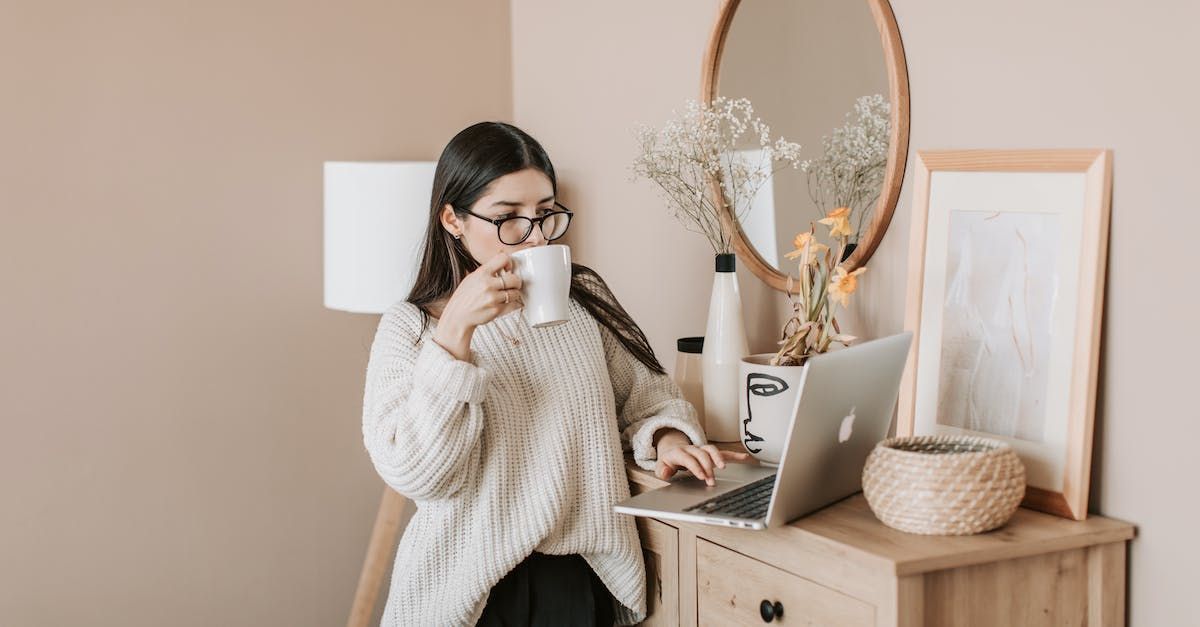
Are you like me, obsessively watching your smart meter and despairing at how quickly the cost of electricity and gas goes up throughout the day? Energy prices rising (despite the energy price cap they are still likely to be more than last winter) and the mercury dropping certainly doesn’t help. With a long time to wait until the balmy (or at least warmer) days of summer coupled with the cost of living crisis, how can we keep warm without breaking the bank?
Sitting here on a chilly November morning with no heating currently on in my house, one easy, and I know a bit obvious tip, is to dress warmly. Layers really help in trapping air and insulating your body. I also have a blanket to hand and will pop that over me when I’m stationary, maybe watching TV or whilst working from home. It makes sense, to heat yourself first, rather than trying to heat whole rooms or houses. In addition to layers of clothing and blankets, hot water bottles, hand warmers and electric blankets can all keep you toasty and cosy when you are relaxing, or perhaps like me, working from home.
This, of course, is not enough but is a starting point. Once you put your central heating on, the cost to you and our planet in terms of carbon emissions really ramps up. So, what’s the most energy efficient way to run your heating? Firstly, turn the thermostat down! The average is set at 23°C which is actually the temperature of a warm summers day; T-shirt weather in fact. For every degree you turn your thermostat down you should reduce your bills by about 10%. You probably won’t even notice a degree difference in terms of temperature. For some people, who are less mobile or unwell, they may need to keep the temperature higher but for many turning the thermostat down and adding a layer of clothing is possible.
Other really simple things include shutting doors. I am the door police in my household, forever asking for doors to be shut! It really makes a difference to the warmth of the room. Draught excluders placed at the bottom of doors help too. Simply make one with old tights, filled with worn out or odd socks (though you could just wear the socks, who cares if they’re odd?). Also, shutting your curtains when it’s dark is another free way to save energy.
So, you’ve warmed up yourself, turned down your thermostat and done some simple things to insulate your house and reduce draughts, what about how long to have your heating on? Again, this may vary depending on an individual’s health and mobility. However, if you are active, getting up in the morning and going out to work or out and about it is more energy efficient to heat your home when you need it, i.e. when it is cold rather than to leave it on constantly on a lower setting. So, set it to go on in the morning, before you get up, then make sure it’s off before you leave the house. Then set it to come on in the evening but off at night when you are in bed. Obviously, there may be other times when you need it on, so pop it on to warm the house up if you need to but don’t leave it on constantly. My husband and I both work from home and we follow these ideas but still get cold when doing things like writing this newspaper column! We might put the heating on to take the chill off, say at lunchtime, drink lots of hot cups of tea and get up and do something active between the sedentary tasks sat at a computer.
These are just a few simple ideas. However, if they’re not enough and you are struggling to pay your energy bills you may be eligible for financial assistance. The government offers a range of benefits, grants, and schemes to help people pay their energy bills. You can find more information on the GOV.UK website.
As I’m writing I can feel my sock and slipper clad feet getting a bit chilly so time to shut the laptop, get up and get a warm snack. Mug of tomato soup anyone?
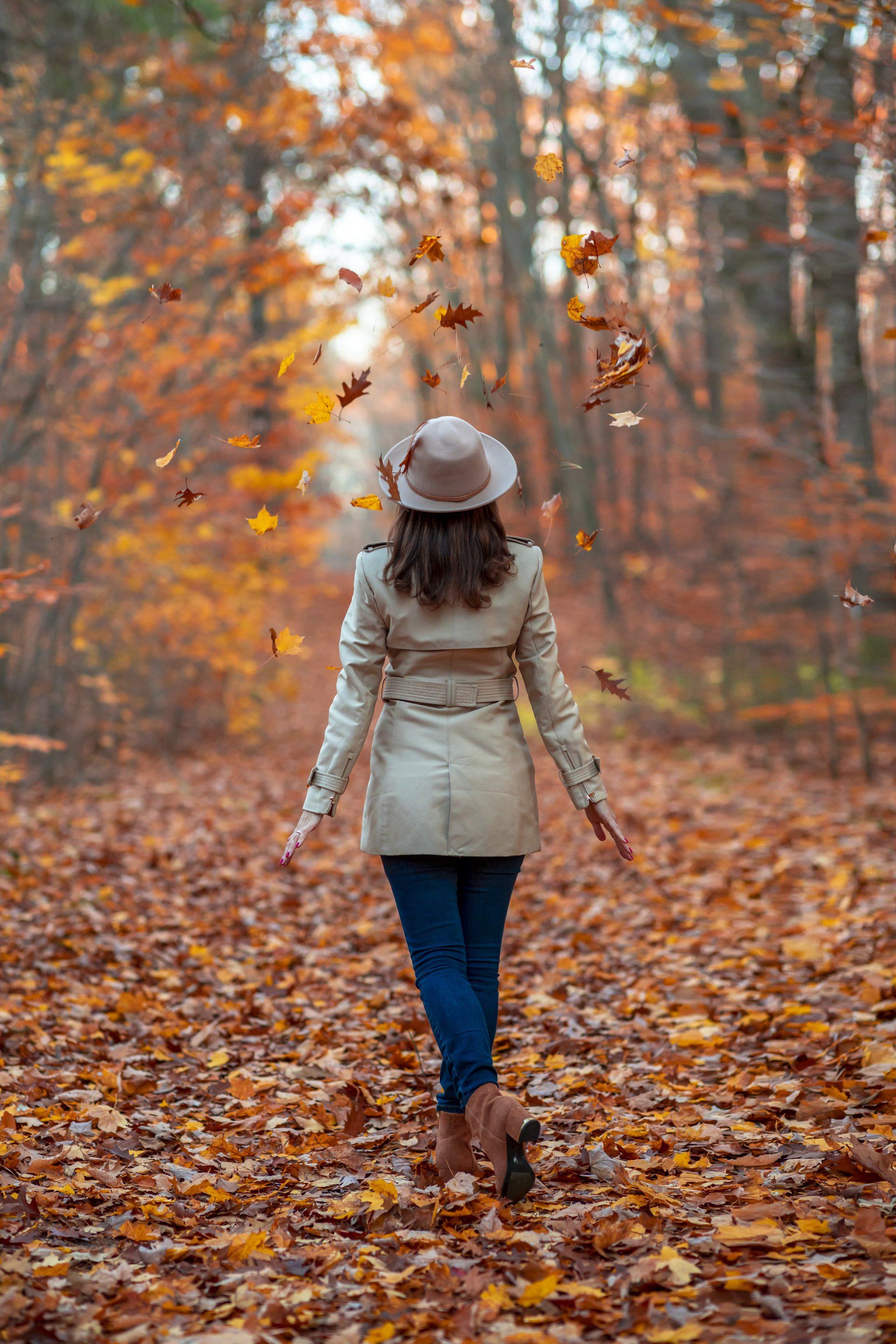
It’s the end of 2023 and this is what I’ve done: As the year began and people celebrated with “Happy New Years!”, fireworks and revelling, I was tucked up in bed all cosy and warm with the intention of doing things my way from now on! New Year, to me, is not a new start, it’s simply the continuation of winter and winter means rest and dreaming, tending to the seeds; for in the dark they are nourished and will germinate. I held fast when others were starting the new year with intention. I just started it slow. As January ended and the Celtic festival of Imbolc took place in February I planted these seeds and set some intentions to grow throughout the spring and summer.
My Intentions:
I will connect with nature and I will listen both to the natural world and to myself. I will live an authentic life and follow my instincts, leaning in to whether something is a clear “Yes” or “No”. I will act for people and the web of life. I will nourish my heart and soul.

It was one of those ‘it was meant to be moments’, I was sat in a park for the summer meeting of Mother’s Who Make , talking about a recent online course I’d been doing when, due to that, someone else mentioned how much she thinks I’d like the Write on Changemakers Facebook group. So, once home, I joined the group and the following day a post appeared at the top of my newsfeed about the last remaining place on their retreat. It sounded perfect and I knew, if I wanted to go I’d need to push myself out of my comfort zone and act fast!
So, I secured my place, got on with the rest of the summer holiday and when September arrived it was time to start thinking about the retreat! Looking at the programme which included: campfires, foraged nettle soup and solo writing on a beach, I knew I’d made a good decision and pushed the thought that I’d have to write whilst there out of my mind!
I arranged train travel and took the slow route up one side of the Exe estuary and back down the other until I got to the nearby town of Totnes where I had arranged a pick-up. Somebody I didn't know giving me a lift set up the tone for the entire weekend, which was a literal and metaphorical 'picking up' as well as warm, friendly and inclusive.
We arrived at Slapton and found our way to meet up with facilitator’s Max and Sophie, hugs aplenty between those who knew each other and those who didn’t before I was shown to my room, a dormitory, just like school residentials, all to myself! I knew I’d need some space and that’s what I had with a choice of bunk beds and no one to look after all weekend. I was happy and nervous all at once! I started making up my bed and laying out a few things, so that this room felt like home, and I could hear noise coming from the corridor, it was the rooms being ‘shaken out’ and I was asked if I wanted this for my room too of which I agreed and, at that point, decided to just go with the weekend and be open to what might happen.
6pm was our first writing session. What I loved so much was the consent-based approach to this and all parts of the retreat. I could have chosen not to attend the session; I could have attended but not written anything. This was all clearly and explicitly explained and made me think of all the other times when it was the opposite (almost every work and educational setting I’ve ever been in). On reflection, I thought that really, I could have made this choice many times in the past, but I hadn’t, I’d always gone along with what I was asked, usually without much question. This says a lot about our culture, the coercive relationships and the being the ‘good girl’, ‘people- pleaser’ that I had clearly internalised.
Anyway, back to the retreat. The writing provocation was “Who are you and why are you here?”. This seemed like an easy enough, yet still potentially juicy question. So, I returned to my room got out my new notebook, especially for the retreat (new to me, but once belonging to a member of my household, still with their drawing on the cover) and wrote. Just wrote whatever was in my head until there was no more. Then stopped. Had a bit of a rest and joined the others for dinner.
A shared dinner of mushroom risotto, which happens to be one of my favourites but whatever it was I know I’d feel so grateful to turn up and just eat! No buying of food, preparing of food, laying the table, gathering people; just a plate, knife, fork and glass to wash-up at the end. Bliss!
I didn’t know most people, so, I sat and chatted to whoever happened to be sat with me at the table. Such fabulous, amazing people brought together through an interest in writing and a desire to make changes in whatever way they were called to. I chatted through dinner and was only just ready for the evening session. A circle around a campfire (if you wanted to attend, of course). We were going to have the opportunity to introduce ourselves, so I ripped out the pages I’d written on in my notebook, put on a warm jumper, coat and a hat and headed out into the dark.
